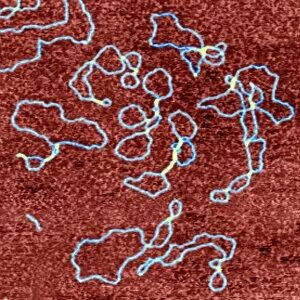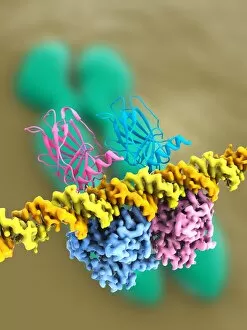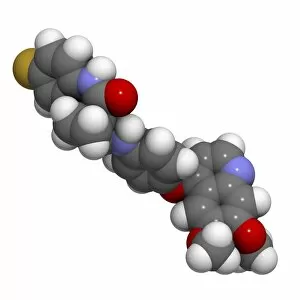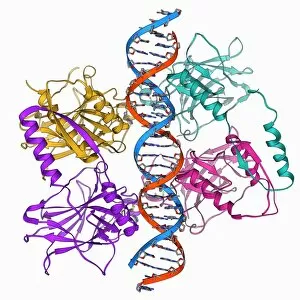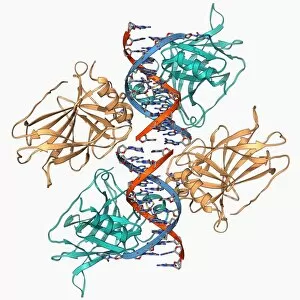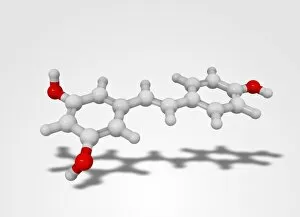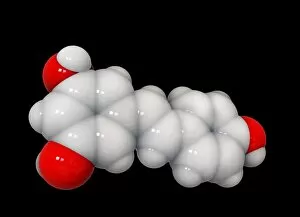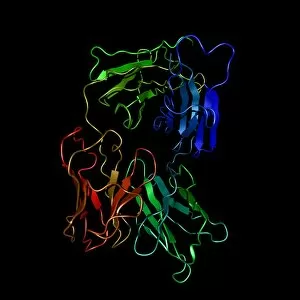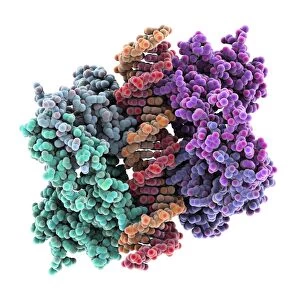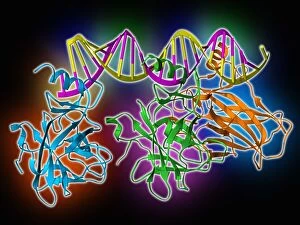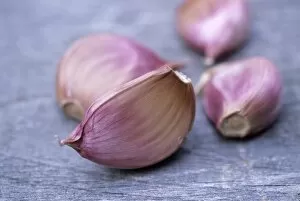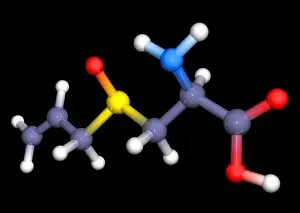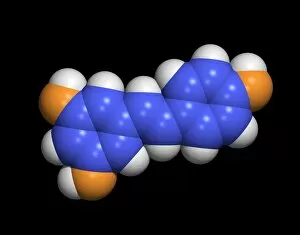Anti Cancer Collection
"Unleashing the Power of Nanorobots: Attacking Cancer at its Core" In the battle against cancer
For sale as Licensed Images
Choose your image, Select your licence and Download the media
"Unleashing the Power of Nanorobots: Attacking Cancer at its Core" In the battle against cancer, scientists are harnessing cutting-edge technology to revolutionize treatment options. One such breakthrough involves nanorobots, tiny machines programmed to target and destroy cancer cells with remarkable precision. These microscopic warriors navigate through our bloodstream, seeking out tumors and delivering a lethal blow. Another weapon in our anti-cancer arsenal is the development of potent drugs that bind directly to DNA within cancerous cells. By disrupting their genetic code, these anti-cancer drugs cripple tumor growth and halt their destructive progression. Advanced techniques like Atomic Force Microscopy (AFM) enable scientists to visualize this intricate process on a molecular level, unraveling the secrets behind successful treatment strategies. While science plays a vital role in combating cancer, nature also offers its own remedies. Sunflower seeds have emerged as an unexpected ally in preventing certain types of cancers due to their rich content of antioxidants and essential nutrients. Incorporating these small yet mighty seeds into your diet may provide an extra layer of protection against this formidable disease. Furthermore, researchers have unlocked the potential of human antitumor antibody molecules - natural defenders produced by our immune system - which can specifically recognize and neutralize malignant cells without harming healthy tissue. This groundbreaking discovery paves the way for targeted therapies that unleash our body's own defense mechanisms against cancer. The importance of tumor suppressor proteins cannot be overstated either; they act as guardians within our bodies by regulating cell growth and preventing abnormal division that leads to malignancy. Scientists are tirelessly studying these proteins alongside DNA C017/3645 sequences to understand how they interact with each other and develop novel therapeutic approaches aimed at restoring balance within damaged cells. Visualizing tumor suppressor proteins' molecular models provides invaluable insights into their structure-function relationships – crucial information for designing effective treatments tailored towards specific mutations or dysfunctions present in different cancers.

